As a BetterHelp affiliate, we receive compensation from BetterHelp if you purchase products or services through the links provided
DMT meditation is a unique and powerful practice that combines the ancient wisdom of meditation with the psychedelic properties of dimethyltryptamine (DMT). This intriguing form of meditation opens the doors to altered states of consciousness and has the potential to offer profound insights into the nature of reality and the human psyche.
For those curious about exploring their inner dimensions and expanding their perception, DMT meditation can be a transformative experience. By using this potent psychedelic substance in conjunction with traditional meditation practices, individuals can embark on a spiritual journey that transcends the limits of the physical realm.
Before diving into the world of DMT meditation, it is important to understand the role that both DMT and meditation play in this practice. DMT, a naturally occurring psychedelic substance, is known for inducing intense visual hallucinations and a deep sense of spiritual connectedness. Meanwhile, meditation has long been regarded as a powerful tool for calming the mind, encouraging self-awareness, and promoting overall well-being.
Key Takeaways
- DMT meditation combines the traditional practice of meditation with the psychedelic properties of DMT
- This form of meditation can lead to profound insights and altered states of consciousness.
- Understanding the roles of DMT, meditation, and their potential risks is crucial before embarking on this spiritual journey.
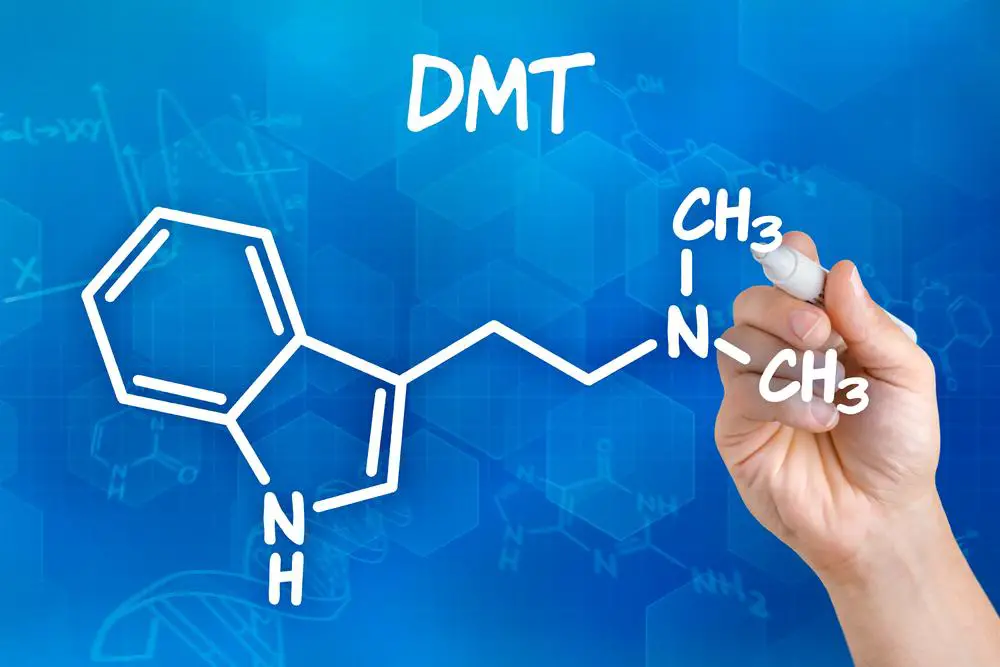
Understanding DMT
DMT, or dimethyltryptamine, is a naturally occurring psychedelic substance that plays a role in many unique experiences. This powerful compound, which exists in certain plants and even in our brains, has been used for centuries in various cultures to connect with the spiritual realm.
The sensation of DMT can be pretty intense and overwhelming, often involving vivid visions and meaningful insights. Many people turn to DMT to deepen their understanding of themselves and the universe. The popularity of DMT has grown beyond its traditional roots, and now it’s being used in more modern forms of meditation to explore consciousness.
One intriguing aspect of DMT is that it is an endogenous compound, meaning that it is naturally produced within the human body. Although the purpose of this internal production remains a mystery, some believe that DMT may be involved in regulating certain physiological processes, such as dreaming and near-death experiences.
5-MeO-DMT, a close relative to DMT, is another potent psychedelic substance that offers similar experiences. Though their chemical structures are almost identical, the effects of 5-MeO-DMT can differ from those of DMT, often providing a more immersive and profound experience for the user.
When incorporating DMT into meditation, it’s essential to approach the experience with an open mind and respect for the substance. As you embark on your journey with DMT, you might encounter a variety of phenomena, such as vivid visions, emotional releases, and heightened awareness.
Remember, every individual’s experience with DMT is unique, and the potential benefits of this mystical compound can be truly life-changing. By understanding the nature of DMT and allowing it to guide us in our meditation, we can delve deeper into the hidden realms of consciousness and unlock the mysteries.
 The Practice of Meditation
The Practice of Meditation
Meditation can be a powerful tool for increasing your awareness of the present moment, helping you focus and expand your consciousness. It’s an excellent way to find inner peace and develop mindfulness. This practice can also be a foundation for exploring alternative states of consciousness, such as those induced by DMT.
To start practicing meditation, find a quiet and comfortable space to sit or lie down without any disturbances. Close your eyes and take a few deep breaths, inhaling through your nose and exhaling through your mouth. This helps to signal your body that it’s time for relaxation.
Once your body feels relaxed, gently bring your attention to your breath. Observe its natural rhythm without trying to control it. Should your mind wander, gently redirect it back to your breath. Practicing this regularly helps enhance your ability to concentrate and be present in the moment.
As you meditate, you’ll likely notice your mind becoming quieter. This is an excellent opportunity to explore your inner world and expand your consciousness, an essential aspect of DMT meditation. Developing this skill takes time and practice, so don’t be discouraged if it is initially challenging.
Remember, meditation is a personal journey, and each person’s experience will be unique. Here are a few tips to help you build a consistent practice:
- Set aside a specific time each day for meditation, even just a few minutes.
- Create a designated space free of distractions.
- Use guided meditations or mindfulness apps to support your practice.
- Don’t be afraid to try different meditation styles to find what works best.
As you develop a consistent meditation practice, you’ll discover the excellent benefits it has on your mind, body, and soul. Embracing this journey of self-exploration can help you unlock your full potential and experience a deeper connection with the world around you. Happy meditating!
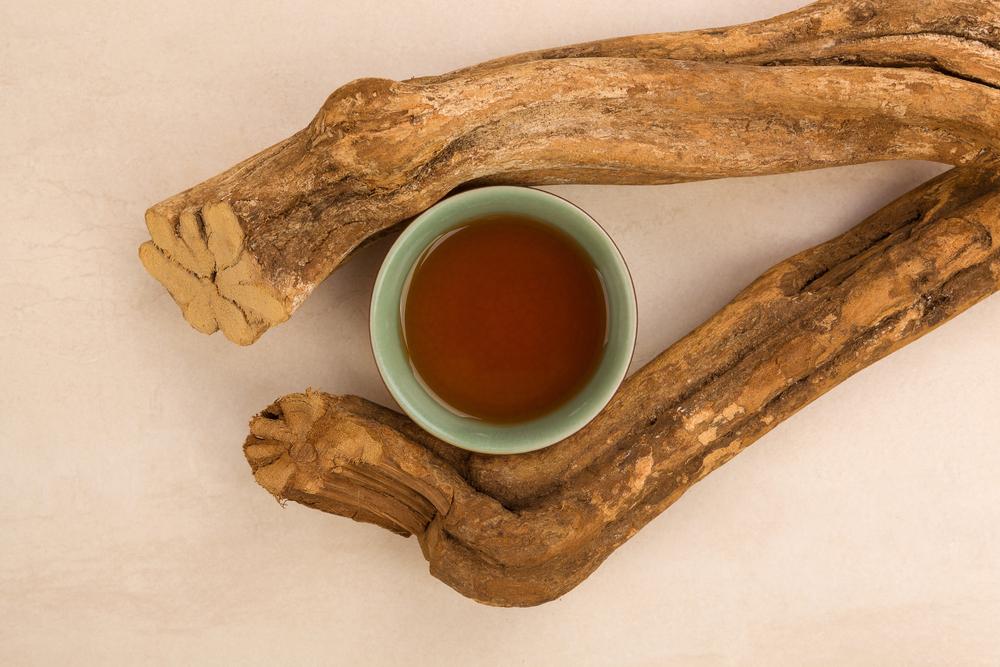
DMT Meditation: An Overview
DMT meditation can be an intriguing and transformative experience for those curious about exploring inner realms and expanding their consciousness. It’s a practice that involves using meditation techniques to achieve a state in which your body and mind are primed for the effects of DMT (dimethyltryptamine), a naturally occurring psychedelic compound.
As you embark on your DMT meditation journey, it’s essential to cultivate body awareness and attentional skills. These foundational practices help you remain grounded and present throughout the experience. To develop body awareness, try techniques like mindful movement, progressive muscle relaxation, or body scanning. These exercises encourage you to notice sensations in the body and become more attuned to your physical presence.
To hone your attentional skills, consider practicing focused-attention meditation:
- Choose an object of focus (like your breath, a mantra, or a candle flame)
- Bring your attention to the object
- When your mind wanders, gently redirect it back to the object
In addition to these practices, explore different meditation styles like loving-kindness (metta) or open-awareness meditation, which expand your understanding of the mind-body connection.
Entering the world of DMT meditation, you might experience enhanced perception, an expanded sense of self, and a deep connection to the universe. Ensure you have the right environment for your practice:
- Find a quiet, comfortable space
- Set an intention for the meditation
- Create a calm atmosphere with soft lighting and soothing music, if desired
When you feel ready, gently close your eyes and begin meditation. As the DMT takes effect, be open to the experience without judgment. Allow thoughts and emotions to arise, observe them, and then let them go.
Remember, this journey is about exploring the depths of consciousness and expanding your understanding of the human experience. Approach it with curiosity, openness, and a desire for personal growth. And, most importantly, enjoy the ride—you’re diving into uncharted waters with the potential for significant insight and discovery.
 Psychedelics and Mental Health
Psychedelics and Mental Health
You might have heard about the healing properties of psychedelics in recent years. They are often mentioned as a potential treatment for a variety of mental health issues like depression, anxiety, and PTSD. In this section, we will discuss the use of DMT (dimethyltryptamine) in meditation and its effects on mental health.
DMT, a naturally occurring psychedelic compound found in plants and animals, is known for its powerful effects on consciousness. When used in meditation, it may offer profound insights and a deep spiritual connection. But that’s not all – many people also report significant improvements in their mental health as a result of DMT experiences.
One key area where DMT meditation is being explored is depression. Traditional antidepressants can come with a range of side effects, but studies suggest that DMT may provide a more natural, effective alternative. It’s believed that this psychedelic substance can help rewire the brain, essentially rewiring negative thought patterns and providing newfound clarity to those struggling with the darkness of depression.
Another powerful application of DMT meditation is in dealing with trauma. People who have experienced traumatic events often find themselves trapped in painful memories and emotions. DMT allows them to confront these difficult experiences from a different perspective, promoting healing and fostering a sense of empowerment. By integrating the lessons learned on a DMT journey, individuals can move forward in their lives with newfound resilience and inner strength.
Here are a few potential therapeutic benefits of DMT meditation:
- Relief from depression and anxiety
- Trauma processing and healing
- Enhanced self-awareness and introspection
- Connection to a deeper spiritual realm
Remember, though, that psychedelics like DMT can have powerful effects and should be used responsibly. If you’re considering trying DMT meditation, seek guidance from a knowledgeable source and approach your experience with caution, intention, and respect.
Ultimately, DMT meditation has the potential to transform your mental health in profound ways, offering a unique path to healing, growth, and self-discovery. So, if you feel called to explore this fascinating practice, take the plunge – you might find the breakthrough you’ve been searching for.
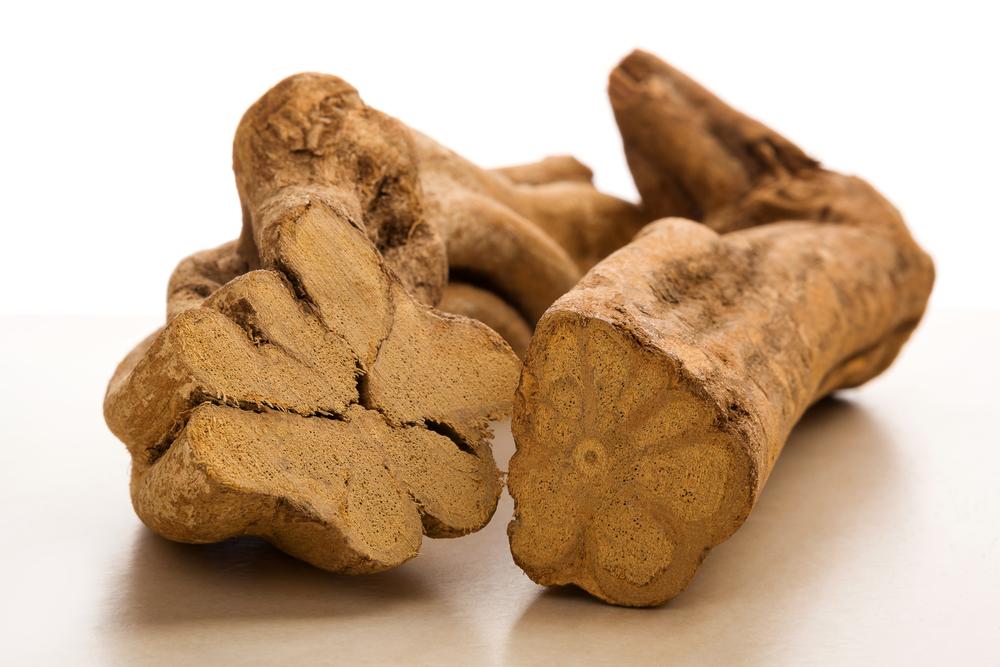
DMT and Ayahuasca
DMT (dimethyltryptamine) and Ayahuasca are both powerful psychedelics often used for spiritual exploration and deep meditation. DMT, a naturally occurring substance, is often referred to as ‘the spirit molecule’ because of its ability to produce profound mystical experiences. On the other hand, Ayahuasca is an Amazonian brew made from the combination of DMT-containing plants and an MAOI (monoamine oxidase inhibitor) that has been used for centuries by indigenous peoples.
In the Amazon, Ayahuasca is considered a sacred plant medicine, allowing the user to connect with their inner self and nature. During an Ayahuasca ceremony, a shaman leads participants through a guided meditation, using traditional songs and rituals to help access the visionary world. The effects of Ayahuasca can lead to deep introspection, personal growth, and even breakthroughs in understanding one’s life purpose.
Here are some key points to remember about DMT and Ayahuasca:
- DMT is a naturally occurring substance found in certain plants and animals.
- Ayahuasca is a brew that combines DMT-containing plants with an MAOI to create a powerful psychedelic experience.
- Both DMT and Ayahuasca are used for spiritual exploration and deep meditation.
- Ayahuasca ceremonies involve a shaman and follow traditional rituals rooted in the Amazon.
When participating in a DMT meditation or an Ayahuasca ceremony, it is crucial to approach the experience with an open mind and a willingness to learn from the profound insights that may arise. Do thorough research, choose a reputable practitioner or shaman, and prepare yourself mentally and emotionally for the journey ahead.
Your exploration of DMT and Ayahuasca can lead to transformative experiences that deepen your understanding of yourself and the world around you. Embrace the journey and cherish the wisdom it brings.
 Science of Psychedelics
Science of Psychedelics
Psychedelics, such as psilocybin, ketamine, magic mushrooms, and LSD, have been gaining recognition for their potential medicinal benefits and role in spiritual growth. You might have questions about the science behind these substances and their connection to DMT meditation.
In simple terms, psychedelics work by interacting with your brain’s serotonin system. Serotonergic hallucinogens, including DMT, primarily bind to the 5-HT2A receptor in your brain. This binding process kickstarts a chain of molecular events that stimulate various cognitive and emotional responses.
To help you understand the effects of these substances, let’s explore their unique properties:
- Psilocybin: Found in magic mushrooms, it’s been shown to help alleviate symptoms of depression and anxiety. Research has also found that psilocybin can create lasting positive changes in personality, openness, and overall well-being.
- Ketamine: Known for its anesthetic and analgesic properties, ketamine is now being utilized for treating severe depression. It works differently from classic psychedelics by primarily interacting with the NMDA receptor instead of the 5-HT2A receptor.
- LSD: This potent hallucinogen can induce various effects, from vivid visual and auditory perceptions to deep introspection and spiritual experiences. Studies have shown that LSD can trigger neuroplasticity, which might contribute to its potential therapeutic effects.
Regarding DMT meditation, it’s essential to acknowledge the powerful experiences these substances can induce. They can help you gain insights, foster creativity, and break mental barriers. However, it’s also vital to approach them with respect and caution. It’s crucial to use them responsibly, under the guidance of knowledgeable professionals, or in carefully controlled settings.
Remember that proper preparation, intention-setting, and integration are crucial for maximizing the benefits of your psychedelic experiences and incorporating them into your growth journey.
DMT and Neurology
You might be wondering how DMT relates to the brain and neurology. DMT, or dimethyltryptamine, is a naturally occurring psychedelic compound found in many plants and animals, including humans. It is believed to play a role in various aspects of brain function, such as perception, mood, and even dreaming.
One area of interest for researchers is the potential involvement of DMT in the default mode network (DMN). The DMN is an interconnected group of brain regions that tend to be highly active when your mind is at rest or engaged in internal thoughts. Studies using functional magnetic resonance imaging (fMRI) have shown that the DMN is disrupted during DMT experiences, indicating a potential impact on consciousness and perception.
In addition, the pineal gland, a small, pinecone-shaped organ in the brain, has been linked to DMT production. This gland is responsible for synthesizing and secretion of the hormone melatonin, which regulates sleep and wakefulness. Some believe the pineal gland may also produce trace amounts of DMT, though this is still a topic of ongoing research.
Now, let’s discuss the relevance of DMT to Alzheimer’s disease. Alzheimer’s is a progressive neurological disorder that affects memory, thinking, and behavior. While the exact cause of Alzheimer’s is not yet fully understood, it is known that a buildup of proteins in the brain, such as beta-amyloid and tau, can cause damage to neurons and disrupt normal brain functioning.
Although there is no concrete evidence linking DMT to Alzheimer’s prevention or treatment, some researchers speculate that the compound might play a role in protecting the brain from neurodegenerative diseases. This is because DMT has been found to modulate certain intrinsic networks within the brain, which could potentially contribute to maintaining cognitive function over time.
While fascinating, it’s important to remember that much of the current understanding of DMT’s effects on the brain and neurology remains speculative. Further studies are needed to substantiate these theories and explore potential therapeutic applications.
Remember, as you explore the world of DMT meditation, keep an open mind and always stay informed about the latest developments in this fascinating field.
 Visual Perception and Hallucinations
Visual Perception and Hallucinations
When you embark on a DMT meditation journey, it’s essential to understand the impact on your visual perception. Dream-like visions and intense hallucinations are common experiences that can feel very real and profound.
As your meditation deepens, you might notice vivid and complex patterns often described as fractals. These intricately detailed visuals can morph and evolve, leaving you in awe of their beauty and complexity.
Sometimes, your surroundings may seem to dissolve before your eyes, making way for entirely new landscapes and scenarios. You may find yourself traveling through an ethereal space filled with bursts of color and shapes beyond your regular perception.
During these intense moments, even your most fantastic dreams can pale compared to the rich, immersive experiences encountered in DMT meditation. It’s vital to remember that these visions are a natural part of this unique practice, which can reveal deep insights and emotional revelations.
To make the most of your DMT meditation and navigate these incredible visual experiences:
- Enter the practice with an open mind and an intention to be fully present.
- Surrender to the visions and allow them to guide you without judgment or fear.
- Reflect on the imagery and consider what messages or lessons might emerge from these experiences.
By embracing the diverse spectrum of visual perception accompanying DMT meditation, you’ll truly appreciate the vastness of your inner world and its boundless potential.
The Potential Dangers and Risks
Though many people find DMT meditation to be an eye-opening and transformative experience, it’s crucial to be aware of the potential dangers and risks linked to its use. As with any potent substance or practice, being informed and mindful of your limits will help you make educated decisions regarding your well-being.
One possible risk of DMT meditation is the sensation of depersonalization. You might feel disconnected from your identity or detached from your own body. This can be an unsettling and uncomfortable experience. It’s important to know that this effect could occur and to be prepared, as these feelings can be deeply disorienting.
Confusion may also arise during or after the experience. Consequently, some people have difficulty differentiating between their internal and external realities. It’s a good idea to plan a quiet space and time to reflect and regain clarity.
Though rare, addiction and dependency issues could surface. It’s essential to prioritize your mental and emotional health, being mindful of how often you engage in DMT meditation and the reasons behind doing so.
To help you stay safe during DMT meditation, consider the following tips:
- Research and understand the potential risks
- Set a safe environment for your practice
- Have a trusted friend or guide with you
- Acknowledge and work through any fears or anxieties beforehand
- Listen to your intuition and respect your boundaries
Being aware of the potential dangers and risks associated with DMT meditation can guide you to approach it responsibly and safely. By adopting a mindful approach, you can enrich your experiences while prioritizing your overall well-being.
Psychedelic Substances Beyond Meditation
Sometimes, exploring consciousness goes beyond traditional meditation practices. Psychedelic substances can offer a different perspective on reality and self-awareness. Among these substances, classic hallucinogens and salvia have gained popularity among psychonauts.
Classic hallucinogens like LSD, psilocybin, and mescaline are known to induce profound changes in perception, emotions, and thought patterns. They have the potential to evoke mystical experiences and even lead to personal growth when used responsibly. People sometimes use these substances as part of their spiritual journey, which can elevate their meditation practice to a whole new level.
On the other hand, salvia – also known as Salvia divinorum – is an interesting plant that produces in its users intense but short-lasting hallucinations. It is not considered a classic hallucinogen, even though its effects are quite remarkable. Some people also use salvia to enhance their meditation practices, as it can provide deeper insights and make self-reflective thoughts more vivid.
When considering the use of psychedelic substances to supplement your meditation practice, remember to:
- Do thorough research and understand the risks involved
- Use the substances in a safe and controlled environment
- Start with small doses and gradually increase as you become more comfortable
- Integrate what you learn into your regular meditation practice
Incorporating psychedelics into your meditation journey can be a powerful tool for self-exploration and transformation. By opening your mind to new experiences, you can enrich your practice and create a more profound connection to yourself and the universe.
 The Bigger Picture
The Bigger Picture
When you explore DMT meditation, you are venturing into a realm that can shift your worldview and enhance your well-being. In this practice, you’re delving into a deeper understanding of yourself and obtaining wisdom that can contribute to a greater sense of happiness.
During DMT meditation, your awareness and perception expand, allowing you to perceive a more expansive perspective. This shift in viewpoint helps you gain insights into the interconnected nature of the world, recognizing the importance of nurturing relationships and being kind to yourself and others. As a result, you’re more capable of embracing a life rooted in love and compassion, leading to an elevated sense of well-being.
As you regularly practice DMT meditation, consider the following tips:
- Remain open to new experiences and insights, allowing your boundaries to expand.
- Reflect on your personal growth and how it has influenced your connections with others.
- Pay attention to the happiness and fulfillment that arise from your enhanced understanding of the world.
By approaching DMT meditation with a curious and open-hearted nature, you invite profound wisdom and insights to unfold.
Remember, the goal of this practice is not to chase a euphoric experience but to connect with a more profound sense of being and purpose. The resulting shifts in perception can lead to lasting positive impacts on your happiness and well-being.
Embrace the journey and enjoy the positive transformation that DMT meditation can bring. It’s time for you to experience the bigger picture.
Insights from Philosophers and Neuroscientists
When exploring DMT meditation, it’s essential to consider the perspectives of both philosophers and neuroscientists. DMT (dimethyltryptamine) meditation combines the metaphysical aspects of consciousness with the scientific study of how our brain processes this unique psychoactive substance.
One notable figure in the world of DMT research is Rick Strassman, a neuroscientist who conducted groundbreaking studies on the effects of DMT. His findings suggest that DMT is vital in human consciousness and mystical experiences. By meditating while under the influence of DMT, you may access deeper layers of your consciousness and uncover profound insights.
In metaphysics, philosophers have long grappled with the nature of reality and the mysteries of consciousness. DMT meditation offers an intersection between these existential questions and the empirical evidence of neuroscience. As you delve into the practice, consider the philosophical implications of the altered states you experience, as they may offer valuable wisdom for understanding the nature of existence.
While meditating on DMT, neuroscientists have noted that the brain undergoes significant changes. This substance has been shown to increase connectivity between different brain regions, creating new neural pathways. This enhanced communication within the brain allows for heightened creativity and insight during meditation sessions.
Here are a few key takeaways to consider when exploring DMT meditation from the lens of both philosophers and neuroscientists:
- Rick Strassman’s research highlights the potential of DMT to enhance consciousness and unveil mystical experiences.
- Philosophical inquiries into the nature of reality and consciousness can provide valuable context when interpreting your experiences on DMT.
- Neuroscience reveals that DMT may increase brain connectivity, allowing for heightened creativity and insight during meditation.
Remember that as you practice DMT meditation, you are partaking in a unique journey that bridges the gap between philosophical thought and scientific inquiry. Embrace this opportunity to deepen your understanding of your consciousness and the mysteries of existence.
Conclusion
In conclusion, DMT meditation can be a profound and transformative experience for many individuals. By exploring the depths of your consciousness, you can discover the interconnectedness of all things and gain insights into the true nature of reality.
It’s essential to approach DMT meditation with an open mind and a sense of curiosity, as this will allow you to fully embrace the experience and maintain a sense of calm throughout. Remember to practice proper breathing techniques and incorporate grounding techniques, such as focusing on your physical sensations or repeating a mantra, to help stabilize your experience.
As you continue on your journey into the world of DMT meditation, always prioritize your mental and emotional well-being. It’s okay to take breaks or seek professional guidance if you feel overwhelmed or uncertain about the process. And most importantly, cherish the insights and wisdom gained from your experiences and use them to enrich your life and personal growth further.
In the end, DMT meditation is about exploring the boundaries of your inner world and gaining a deeper understanding of both yourself and the broader universe. If approached responsibly and with an open heart, it can be an incredible tool for personal growth and transformation. So, embrace the journey and, as always, happy exploring!
Frequently Asked Questions
How does DMT meditation affect anxiety?
DMT meditation can help with anxiety by inducing a deep, reflective state where you may find it easier to face your fears and issues. As your mind opens up to new perspectives, you may feel calmer and more at ease. However, it’s essential to approach DMT meditation with caution, as it’s not suitable for everyone, especially those with existing mental health concerns.
What are common names for DMT in meditation?
In meditation, DMT is often called the “spirit molecule” due to its profound effects on human consciousness. Other names include “Dimethyltryptamine” or simply “DMT.” It is also sometimes associated with “visionary” or “mystical” experiences during meditation.
Is there a connection between DMT and the brain during meditation?
Yes, research has found that DMT stimulates the production of the neurotransmitter serotonin, which is known to play a role in mood regulation, among other things. This may explain why DMT meditation can induce profound, altered states of consciousness. Moreover, DMT is believed to interact with the brain’s default mode network, which is linked to self-identity and mental chatter, thus affecting the meditation experience.
Can DMT meditation be used for therapeutic purposes?
DMT meditation has been used in several therapeutic contexts, such as exploring deep-seated emotions or facilitating personal growth. Some people report gaining insights into their lives and relationships from these experiences. However, it’s essential to consult with a qualified professional before using DMT for therapeutic purposes, as it may not be appropriate for everyone, and you should ensure proper guidance and support during the process.
How is DMT related to Ayahuasca in meditation?
DMT is the primary psychoactive ingredient in the Ayahuasca brew commonly used in Amazonian shamanic practices. This traditional plant medicine can induce powerful visions and emotional shifts that may facilitate personal healing, growth, and self-discovery. In the context of meditation, Ayahuasca offers a unique pathway for exploring deep consciousness, though it should be approached with caution and under the guidance of experienced practitioners.
What is endogenous DMT in the context of meditation?
Endogenous DMT refers to the DMT that is naturally produced within your body. Although its precise role is still debated, some researchers believe that endogenous DMT may contribute to mystical experiences, such as those encountered during deep meditation or near-death experiences. By tapping into this internal reservoir, you might unlock higher states of consciousness and deeper insights during meditation practices.
About Jacob Maslow
After surviving the traumatizing events of 9/11, I took it upon myself to heal through helping others. I’m the primary caregiver of my children and understand from first-hand experience the lonely paths you have to walk as a partner and parent when leaving an unhealthy relationship.
We’re all echoing in a dark space that doesn’t have to be this empty, and that’s been my mission since finding solace and recovery in therapy: To help comfort others who are still in shock and at the prime of their struggle.
I came across BetterHelp after searching for this type of community. I wanted to belong to a body of proactive therapists and supportive therapy veterans that allowed me to see other sides of the story.
It was unconventional, and that’s what attracted me most. During my most challenging times, when my ex-wife completely cut me off from my children, I found comfort and clarity through BetterHelp.
Instead of being chained to a strict therapist recommendation, I was in charge of who I felt understood my struggle most. That allowed me to find my true peace, as I was reunited with those who read behind my words and had first-hand experience with my trauma.
Recovery is a choice; with BetterHelp, that choice will be a few clicks away. You can join their couples-oriented platform, Regain.us, for those stuck with family estrangement and toxic relationship patterns.
- 7 Ideas to Help You Relax and Unwind on a Family Vacation - April 27, 2025
- How Having Cybersecurity Protection Helps You Relax - April 25, 2025
- 8 Reasons Why Spending Time Outside Calms You Down - April 25, 2025
This site contains affiliate links to products. We will receive a commission for purchases made through these links.

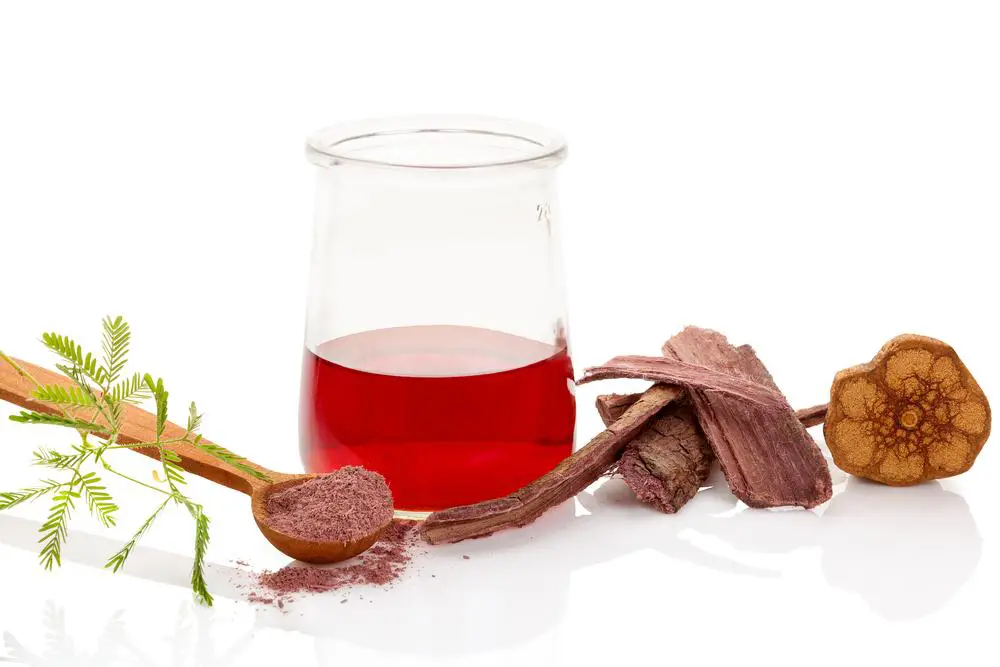
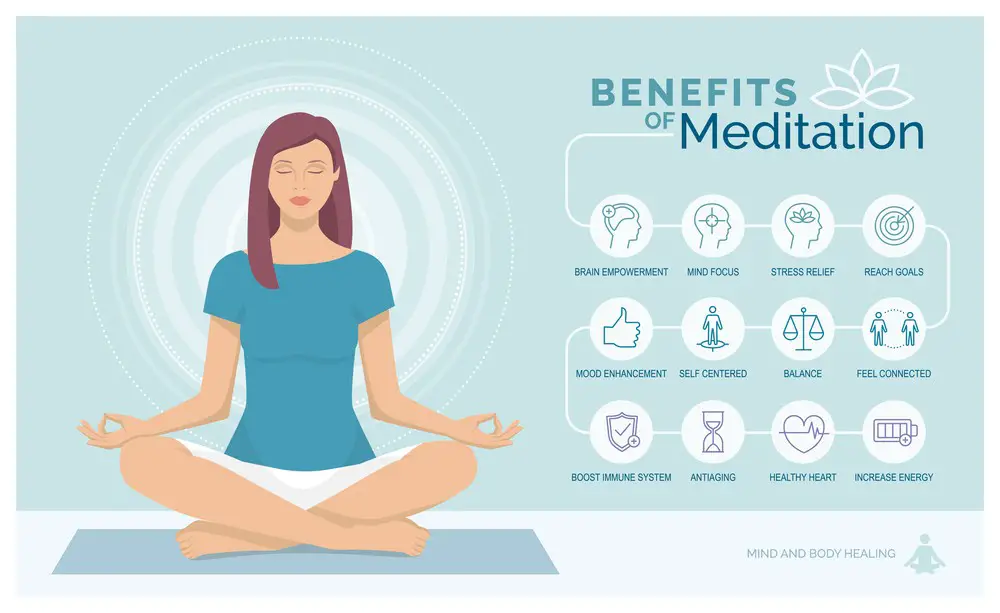 The Practice of Meditation
The Practice of Meditation Psychedelics and Mental Health
Psychedelics and Mental Health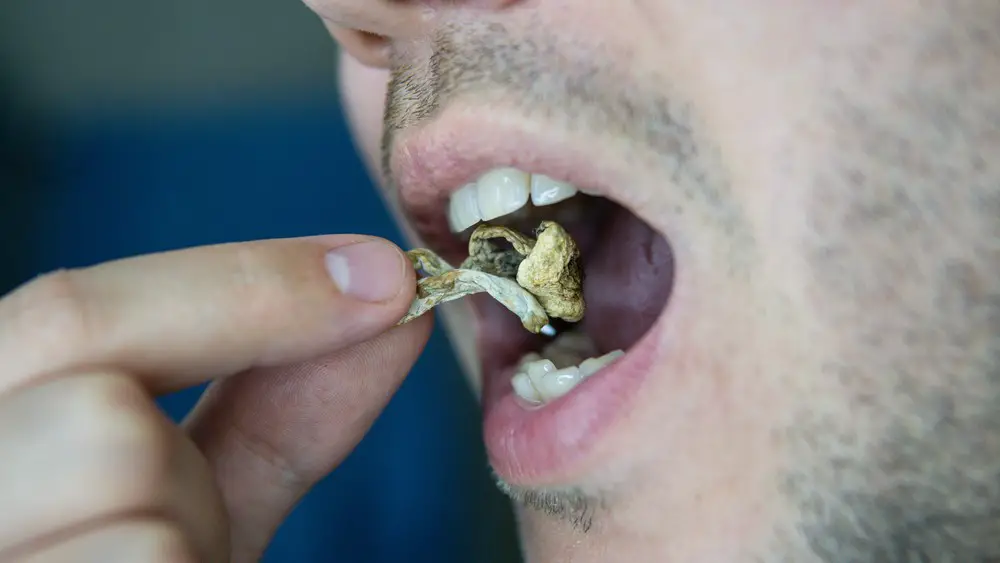 Science of Psychedelics
Science of Psychedelics Visual Perception and Hallucinations
Visual Perception and Hallucinations The Bigger Picture
The Bigger Picture
